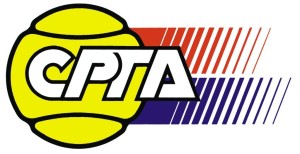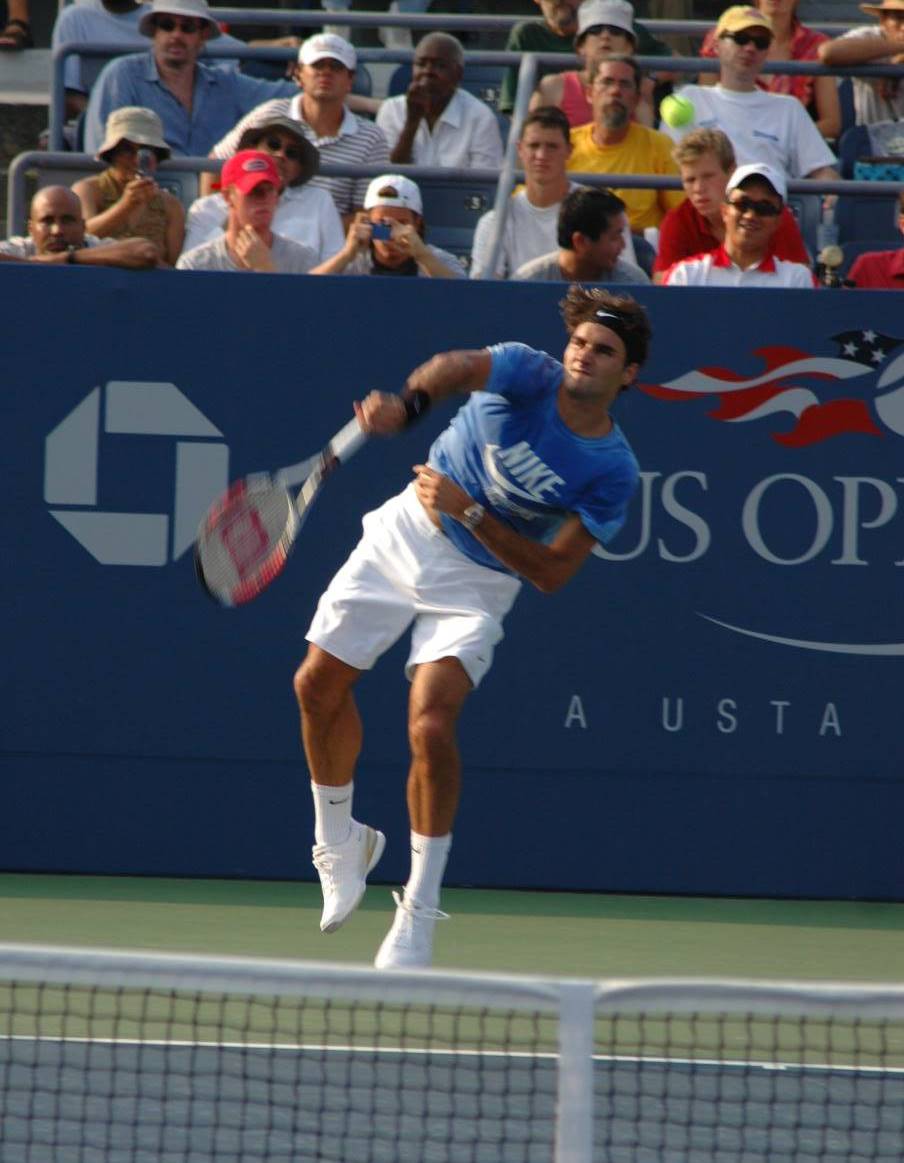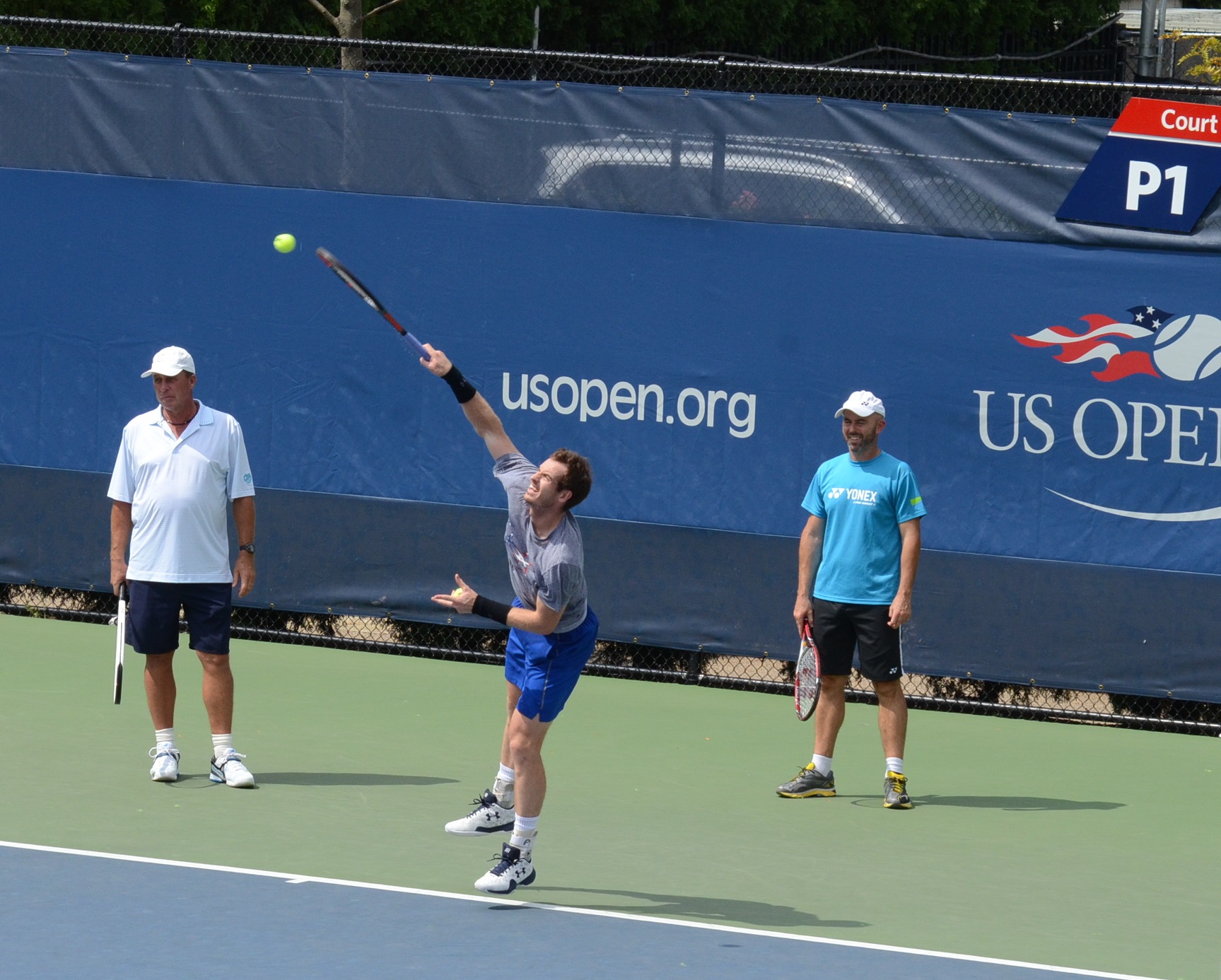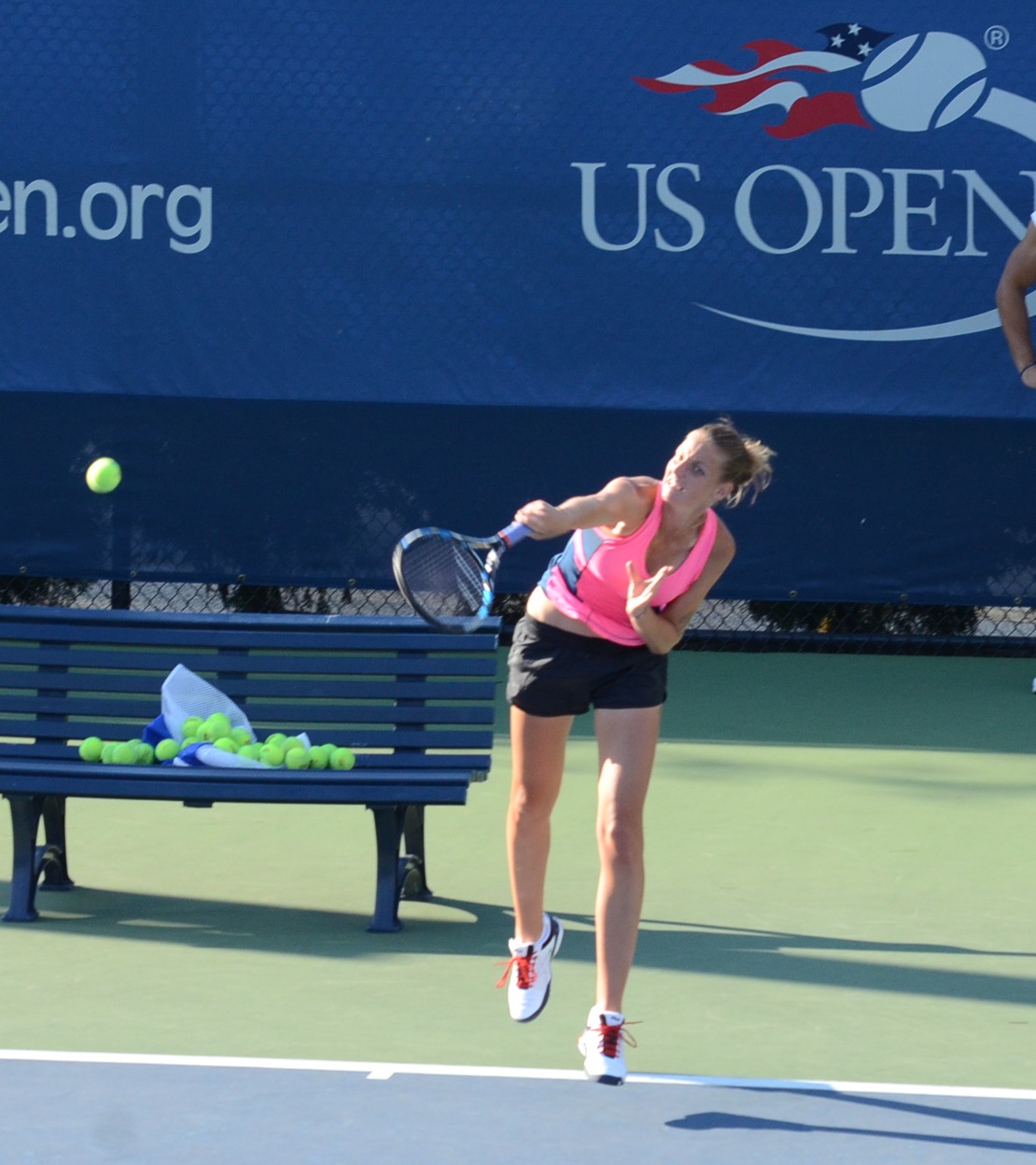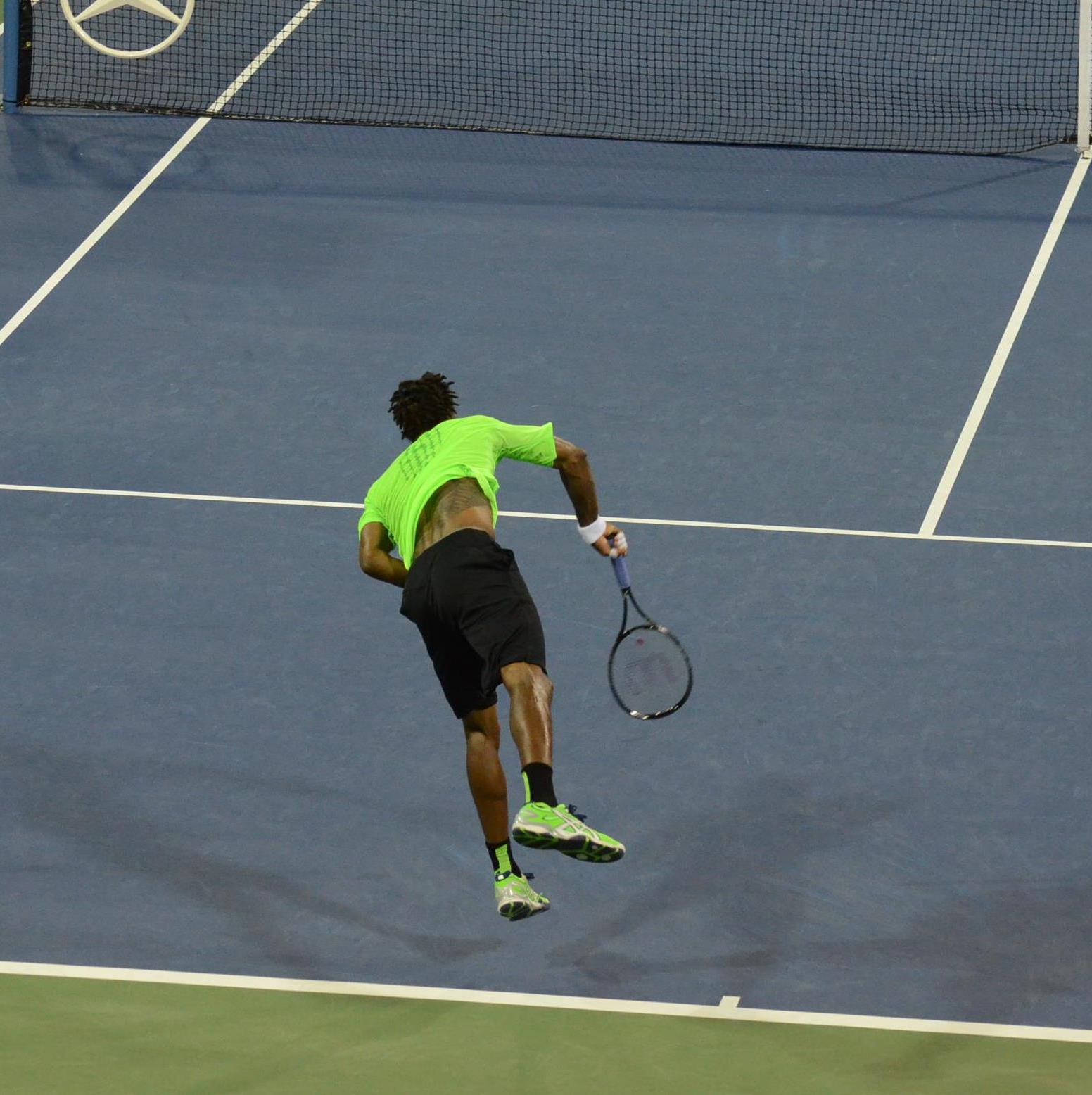
Marin Cilic – Standard Tennis 3.0 strokes
Regarding service, forehand and backhand, Marin Cilic can actually serve as a certain standard prototype for the TENNIS 3.0 style of stroke production, where body energy dominates the stroke dynamics as well as racket position in space and where elbow reaches longest possible distance from the center of gravity during and after the impact.
